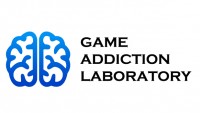Blunted reward prediction error signals in internet gaming disorder
2020
期刊
Psychological Medicine
作者
Wei Lei
· Kezhi Liu
· Guangxiang Chen
· Serenella Tolomeo
· Cuizhen Liu
· Zhenlei Peng
· Boya Liu
· Xuemei Liang
· Chaohua Huang
· Bo Xiang
· Jia Zhou
· Fulin Zhao
· Rongjun Yu
· Jing Chen
下载全文
- 页码 1-10
- Cambridge University Press (CUP)
- ISSN: 0033-2917
- DOI: 10.1017/s003329172000402x
